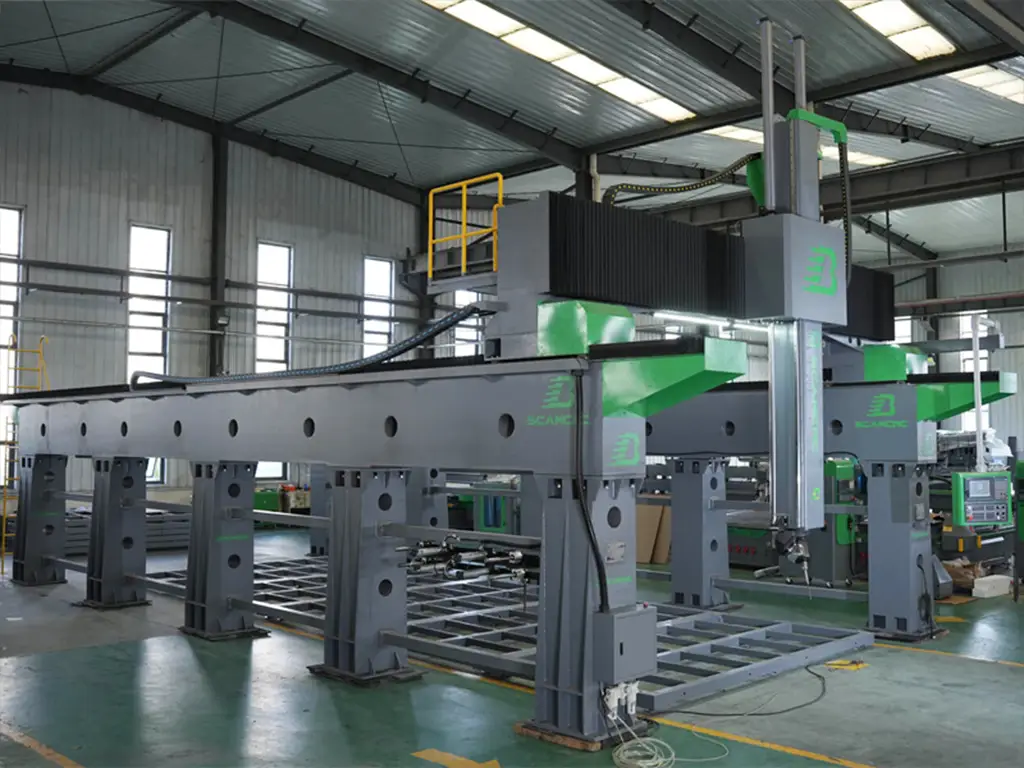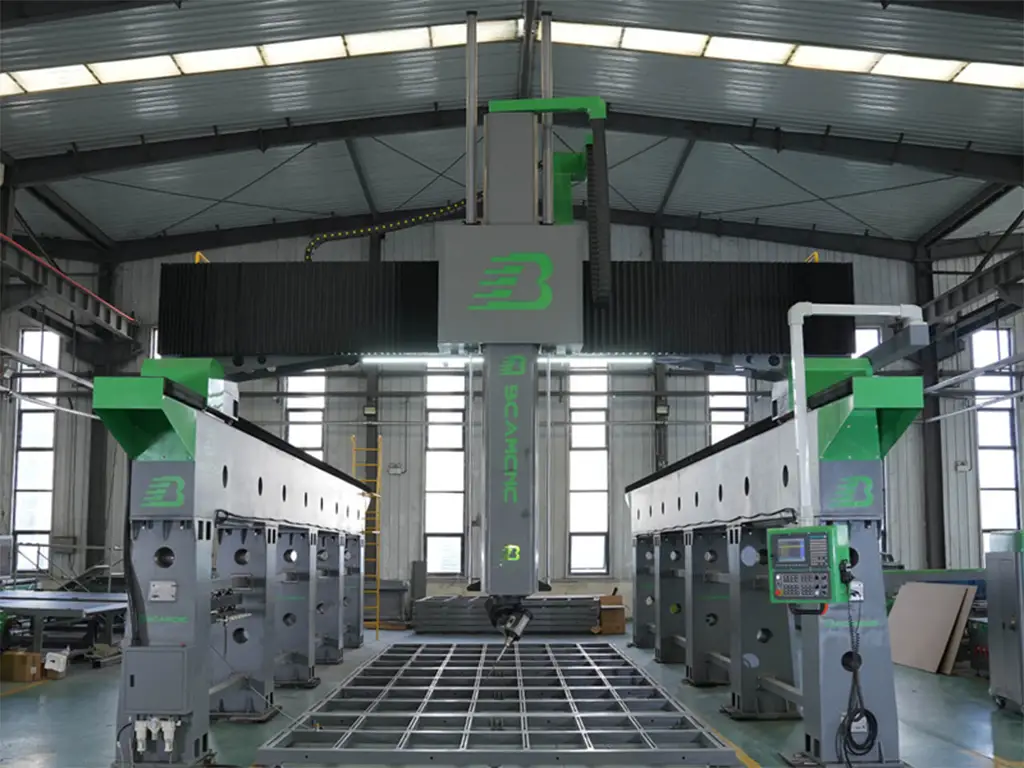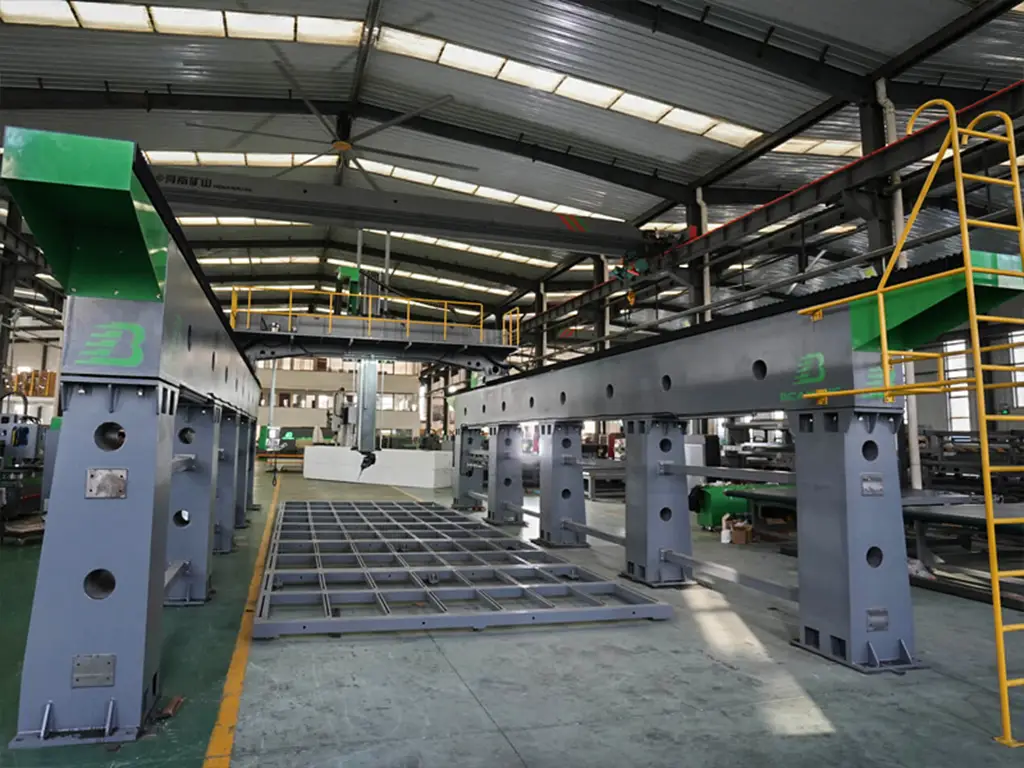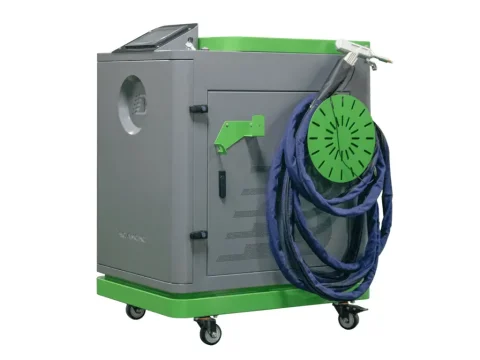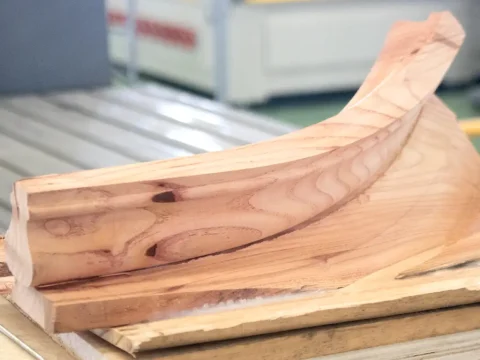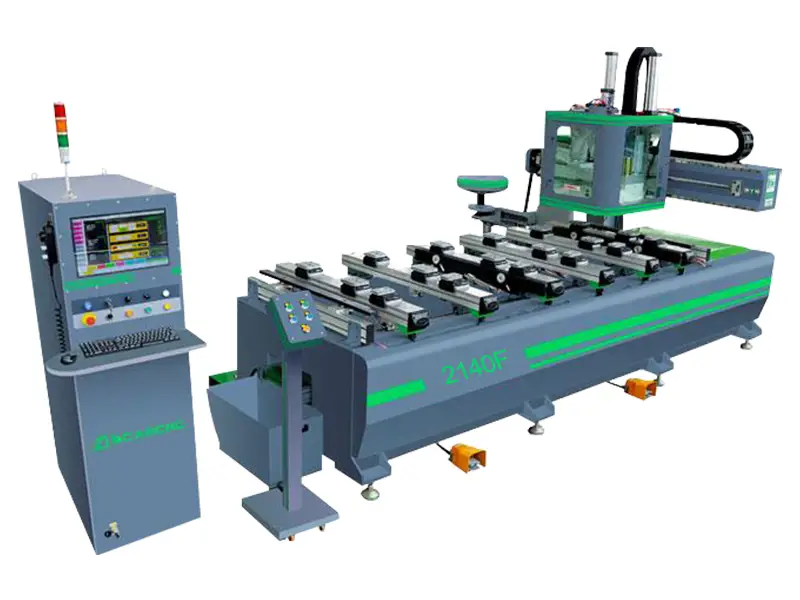5 Axis CNC Routers: Transforming Mold Manufacturing
The mold manufacturing industry has experienced significant technological evolution over the past decades, driven by the demand for higher precision, complex geometries, and shorter production cycles. Among the innovations transforming this sector, 5-axis CNC routers have emerged as a pivotal tool. By enabling simultaneous movement along five axes, these machines allow manufacturers to produce intricate molds with unparalleled accuracy, efficiency, and repeatability. This article explores the applications, advantages, and industry impact of 5-axis CNC routers in mold manufacturing, providing insight for engineers, fabricators, and industrial decision-makers.
Introduction to 5-Axis CNC Router Technology
A 5-axis CNC router operates by moving a cutting or engraving tool along three linear axes (X, Y, and Z) and two rotational axes (A and B). This multi-axis movement allows the tool to approach the workpiece from virtually any angle, enabling complex shapes, undercuts, and deep cavities that are impossible with traditional three-axis machines.
Unlike conventional milling or engraving methods, 5-axis CNC routers integrate advanced computer numerical control (CNC) technology with computer-aided design (CAD) and computer-aided manufacturing (CAM) software. This integration translates digital mold designs directly into precise machining operations, ensuring high fidelity, reduced errors, and efficient workflow.
Why Mold Manufacturers Adopt 5-Axis CNC Routers
- Precision and Accuracy: Five-axis movement ensures tight tolerances, often within microns, crucial for injection molds, die-casting molds, stamping dies, and specialized molds.
- Complex Geometries: Ability to create intricate mold features, including deep cavities, curved surfaces, and detailed texturing.
- Time Efficiency: Simultaneous multi-axis machining reduces the need for multiple setups and repositioning, shortening production cycles.
- Material Versatility: Suitable for machining a wide range of materials including steel, aluminum, copper, and high-temperature alloys.
- Reproducibility: CNC programming guarantees consistent results across multiple mold copies, essential for mass production.
Applications in Plastic Injection Mold Manufacturing
Plastic injection molding requires molds with precise dimensions and smooth surface finishes. 5-axis CNC routers are essential in producing:
- Cavity and Core Machining: Accurate cutting of the mold cavity ensures proper part geometry and fit.
- Complex Geometries: Deep undercuts, intricate patterns, and 3D contours are easily achieved.
- Texturing and Surface Finishes: Engraving textures, logos, or patterns directly into the mold for decorative or functional purposes.
- Cooling Channel Machining: Precision milling of conformal cooling channels improves thermal efficiency and cycle times.
- Automotive Molds: Complex dashboards, interior panels, and exterior components with intricate designs.
- Aluminum Molds: Lightweight molds for rapid prototyping and short-cycle production.
- Ship Molds: Hull sections, deck components, and interior ship parts with precise curves and large dimensions.
By automating these processes, manufacturers can produce high-quality molds faster, reducing downtime and improving part quality.
Applications in Die-Casting and Metal Mold Fabrication
Die-casting molds require high precision and durability to withstand repeated high-pressure injections. 5-axis CNC routers contribute to:
- Core and Cavity Machining: Achieving exact shapes and dimensions to ensure proper metal flow.
- Undercut and Draft Angle Machining: Creating complex angles that facilitate mold release.
- Surface Texturing: Adding functional or aesthetic patterns directly on mold surfaces.
- Cooling and Venting Channels: Machining intricate channels that optimize heat dissipation and prevent defects.
- Aluminum Die-Casting Molds: Lightweight molds for rapid casting and easier handling.
- Automotive Die-Casting Molds: High-precision engine parts, brackets, and housings.
These capabilities significantly enhance the quality and lifespan of die-casting molds while reducing manufacturing time.
Applications in Stamping, Forging, and Specialized Molds
In metal forming and specialized industries, 5-axis CNC routers play a critical role in mold production:
- Stamping and Forging Dies: Producing precise cavity and punch geometries for accurate part formation.
- Complex Relief Features: Carving intricate designs, logos, or patterns into dies.
- Undercuts and Multi-Angle Features: Facilitating complex part shapes that would be impossible with simpler machines.
- Ship Molds: Curved panels, deck components, and intricate ship interior parts.
- Automotive Molds: Tooling for body panels, structural components, and interior features.
- Aluminum Prototypes: Rapid prototyping of lightweight molds for testing and small-batch production.
The flexibility and precision of 5-axis CNC routers reduce setup times, improve die accuracy, and allow for faster iteration in product development.
Advantages Over Traditional Mold Machining Methods
- Higher Precision: Achieves tighter tolerances than conventional three-axis CNC or manual milling.
- Reduced Setup Time: Multi-axis machining minimizes the need for repositioning and multiple setups.
- Complex Part Capability: Can produce intricate molds with undercuts, deep cavities, and 3D textures.
- Improved Surface Finish: High-quality engraving and milling reduce the need for manual polishing.
- Lower Labor Dependency: Automation reduces reliance on highly skilled manual operators.
Integration with CAD/CAM and Automation
Modern mold manufacturing relies heavily on CAD/CAM integration for design and production:
- Direct Digital Workflow: Designs from CAD software are translated directly into CNC code for machining.
- Tool Path Optimization: CAM software calculates efficient tool paths to minimize machining time and wear.
- Automated Tool Changing: Reduces downtime and allows for complex machining sequences.
- Robotic Material Handling: Automates loading, unloading, and transport of molds, enhancing production efficiency.
- Real-Time Monitoring: Sensors track tool wear, spindle performance, and machining accuracy.
Integration ensures that 5-axis CNC routers operate as part of a seamless, high-efficiency mold production line.
Material Considerations and Machining Capabilities
5-axis CNC routers handle a wide range of materials, each requiring specific tooling and cutting parameters:
- Steel (H13, P20, S136): Common for injection and die-casting molds.
- Aluminum (7075, 6061): Ideal for automotive, ship, and prototype molds.
- Copper and Brass: Used for conductive components or specialty molds.
- High-Temperature Alloys (Inconel, Titanium): Specialized applications requiring precise cooling and tool selection.
Adjusting spindle speed, feed rate, and tool type ensures optimal surface finish, dimensional accuracy, and machine efficiency.
Case Study: Automotive and Ship Mold Production
An automotive supplier and a shipyard required complex molds for dashboards, body panels, and ship interior panels. Traditional three-axis machining would have required multiple setups, manual adjustments, and extended production time. Using 5-axis CNC routers:
- Total machining time reduced by 45%
- Setup requirements reduced from 6 to 2
- Surface finish improved, reducing post-processing by 60%
- Dimensional accuracy within ±0.02 mm, ensuring perfect assembly fit
This demonstrates the tangible benefits of 5-axis CNC routers in high-volume, high-precision mold production for automotive, ship, and aluminum molds.
Environmental and Safety Benefits
5-axis CNC routers contribute to environmental and workplace improvements:
- Material Efficiency: Optimized cutting paths minimize scrap and waste.
- Energy Efficiency: High-efficiency spindles consume less energy than multiple manual or conventional setups.
- Safer Operations: Automated machining reduces manual handling of heavy molds and sharp tools.
- Coolant Management: Modern machines use minimal or closed-loop coolant systems, reducing environmental impact.
These features help manufacturers meet regulatory requirements and promote sustainable production practices.
Future Trends in Mold Manufacturing
- Higher-Speed Spindles and Advanced Tooling: Increasing precision and reducing cycle times.
- Hybrid Machining: Combining additive manufacturing with 5-axis CNC machining for complex molds.
- Robotic Automation: Full integration of machining, inspection, and material handling.
- Artificial Intelligence: Predictive maintenance, adaptive tool paths, and optimization of machining processes.
- Digital Twin Technology: Simulating mold production and performance virtually to minimize errors before physical machining.
These trends indicate a continued shift toward smarter, faster, and more efficient mold manufacturing processes.
Conclusion
BCAMCNC 5-axis CNC routers have revolutionized the mold manufacturing industry by enabling unmatched precision, efficiency, and versatility. From plastic injection molds and die-casting molds to stamping, forging, ship molds, automotive molds, and aluminum prototypes, these machines allow manufacturers to produce complex designs with minimal setup and reduced labor. Integration with CAD/CAM, automation, and advanced tooling further enhances productivity, reduces waste, and improves quality. For mold manufacturers aiming to remain competitive, investing in 5-axis CNC router technology is a strategic choice that delivers faster production, superior accuracy, and greater flexibility in meeting modern industry demands.
